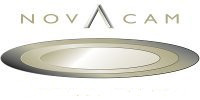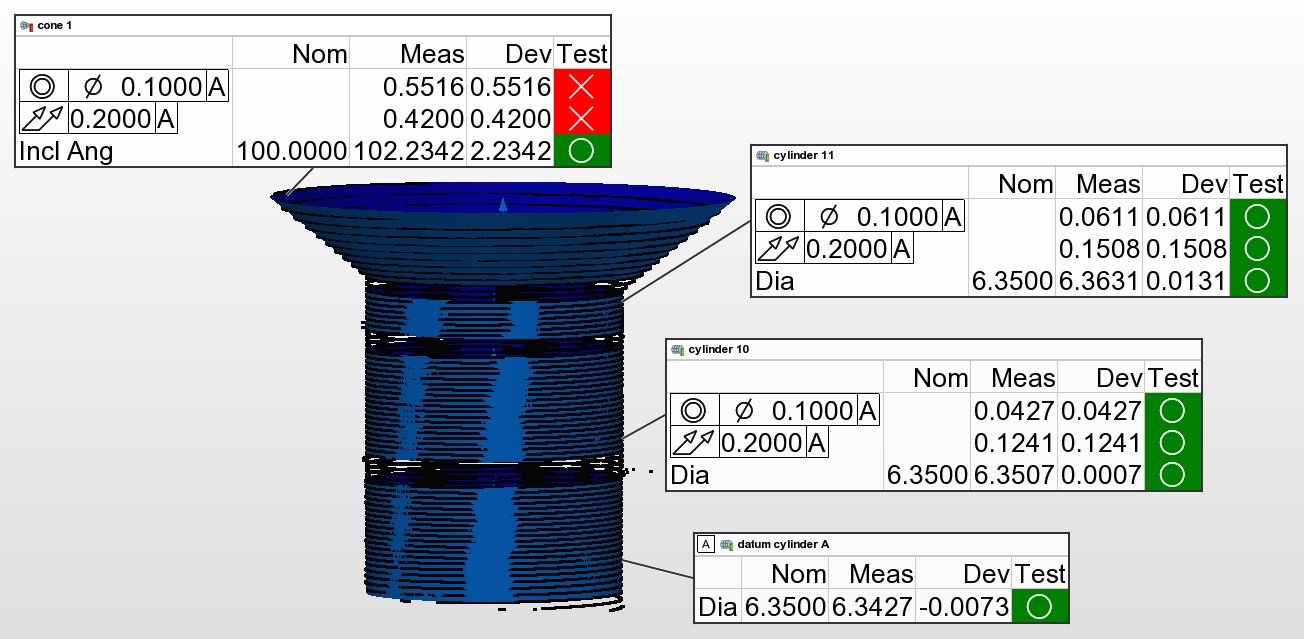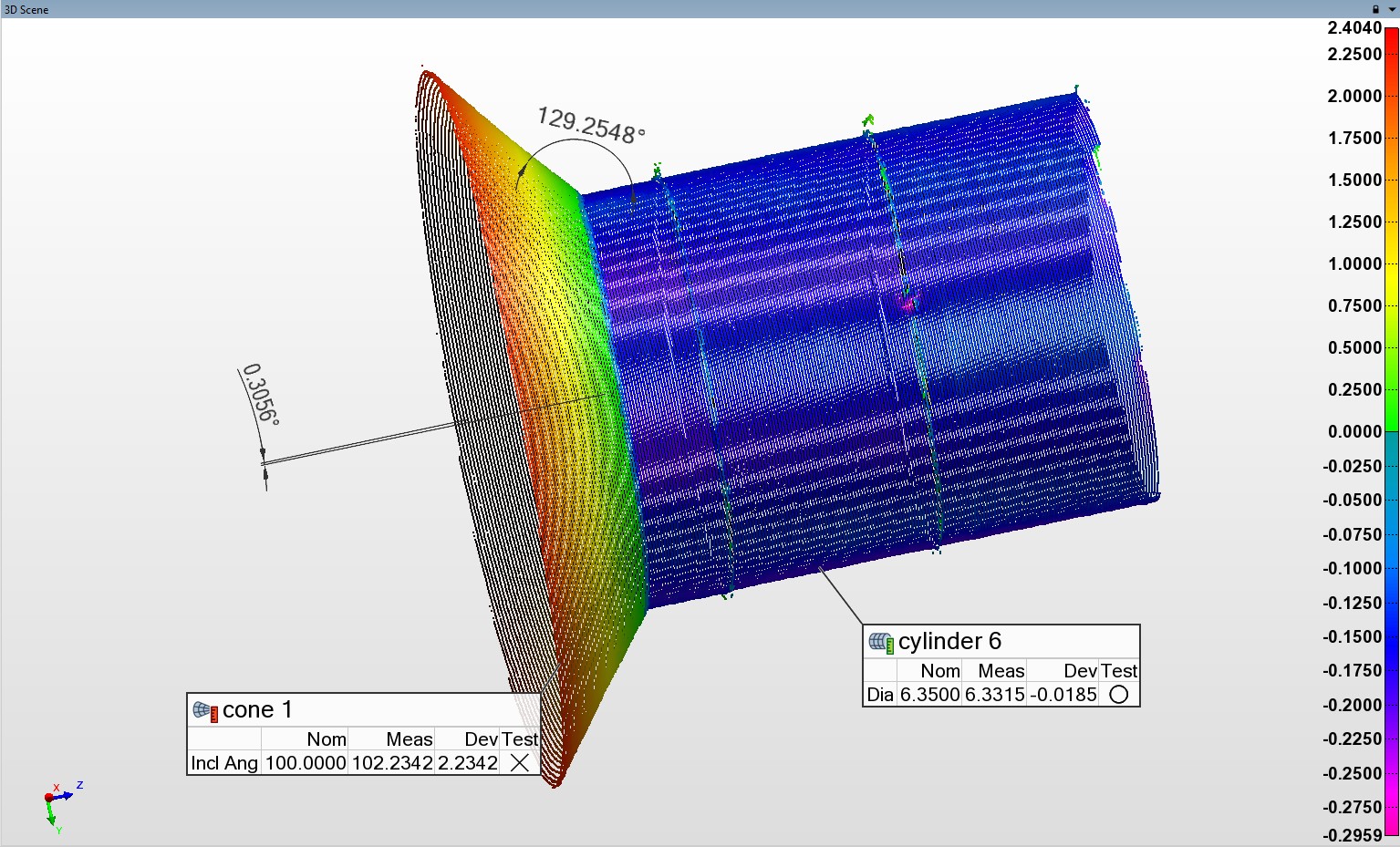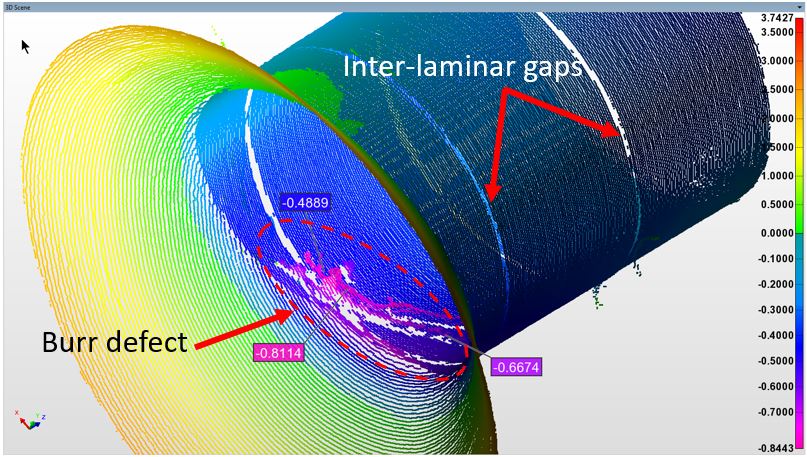How to measure aerospace rivet holes – 3D, non-contact and with micron-precision
Published on March 13, 2020
Why should we care about measuring aircraft rivet holes?
Rivets are the most common fastener used in aircraft assembly. The high-precision riveting process comprises drilling, countersinking, and fastener installation. It is repeated hundreds of thousands of times on large aircraft – the largest passenger airliners are held together by over a million rivets!
Since fasteners like rivets help ensure the structural integrity and aerodynamics of aircraft, their installation must be done not only fast, but also very precisely. Strict quality control standards are set out for aircraft assembly facilities to ensure that aircraft panel joints can withstand the repeated stress of flight.
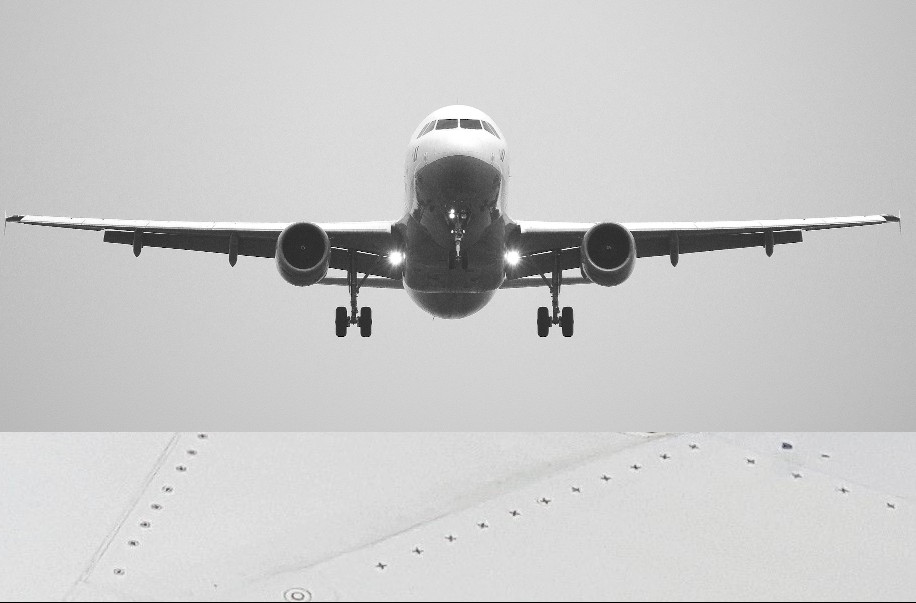
Rivets help ensure the structural integrity and aerodynamics of aircraft
Quality control (QC) of drill-and-fill riveting process
Several aspects of the process are subject to QC inspections:
- The geometry of the aerospace rivet holes and countersinks must be within tight tolerances.
- Their inside diameters must be free of defects such as burrs or excessive chatter (rifling) that could cause structural weaknesses under the stress of flight.
- Flushness of rivet head with the surface is measured to ensure acceptable level of aerodynamic drag.
Measurements delivered by the RIVETINSPECT system
NOVACAMTM RIVETINSPECTTM 3D metrology systems deliver all the required measurements to enable aircraft assemblers to integrate 100% inspection right into their automated drill-and-fill process. Integrated with our aerospace assembly machines (robots, CNCs or gantrys), the RIVETINSPECT system delivers:
- Dimensional measurements – diameter, ID length (grip length, countersink depth, etc.), cylindricity, roundness (circularity), conicity, taper, concentricity of rivet hole and countersink, included angle of countersink, angle between rivet hole and countersink axes, perpendicularity of rivet hole axis to surface plane, radius of ID grooves, rivet hole axial straightness, as well as flushness of the installed rivet head.
- Roughness measurements
- Detection and visualization of defects such as rifling (chatter), burrs, interlaminar gaps, offsets, tool-mark defects, dents.
In most cases (and depending on rivet hole dimensions) all the above measurements can be acquired with the same probe and within the same scan as dimensional measurements.
Key features and benefits of the RIVETINSPECT
To support today’s increasingly data driven, robotized and automated drill-and-fill riveting process, NOVACAM RIVETINSPECT system offers:
- Non-contact 3D measurement of hard to access rivet hole IDs
- Fast dimensional measurements, typically a few seconds per hole
- Ability to also measure roughness and defects with the same probe
- Ability to measure different materials (CFRP, aluminum, titanium alloys, etc.) within the same scan
- Easy integration with robots for deployment right on the plant floor
- Immunity to the effects of ambient lighting and air perturbation.
To learn more about the RIVETINSPECT system, read Novacam’s “Automated Rivet Hole Inspection and 3D Measurement” application note [13 pages, PDF, 2.4 MB].
Do you need to measure high-precision rivet holes and countersinks?
Related links
Download Automated Rivet Hole Inspection and 3D measurement [13 pages, PDF, 2.4 MB] for much more detail on rivet hole inspection capabilities and on how to best select a system for your riveting needs.
